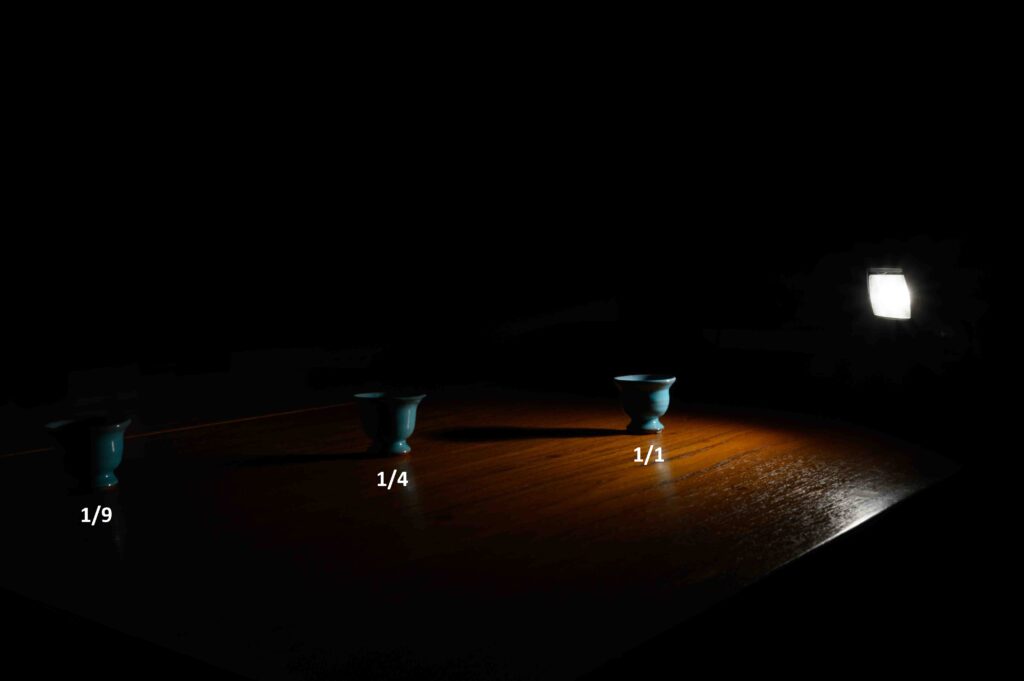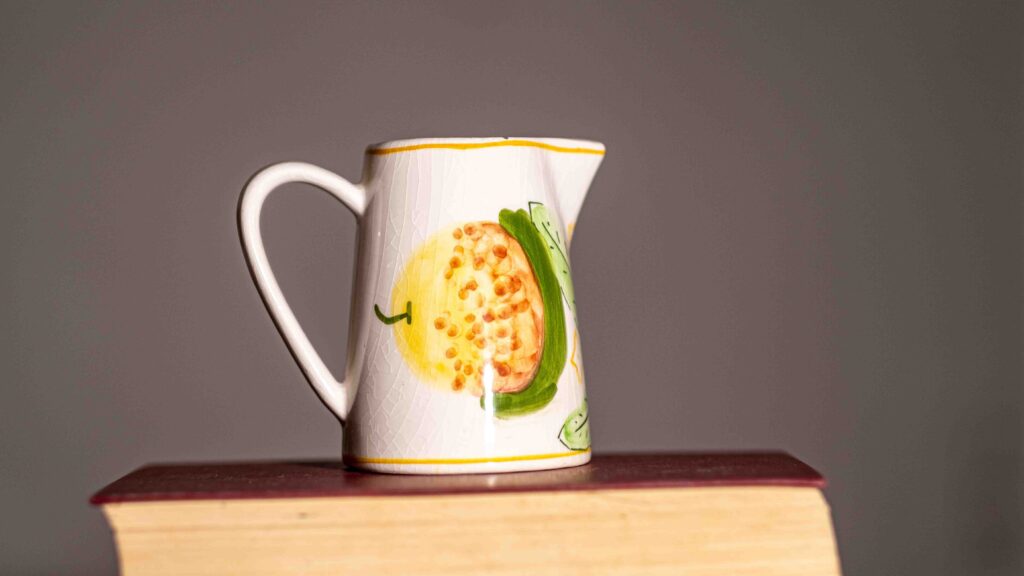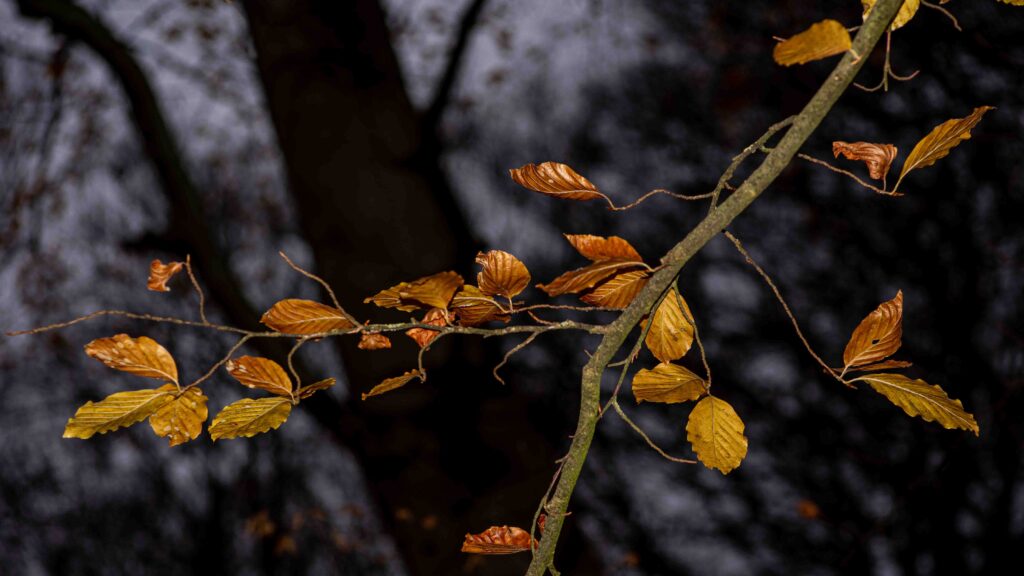The inverse square law…
You may have heard of the inverse square law and seen some posts and videos going through the technical aspects of the inverse square law. I will try to stay clear of the technical aspects here, and simply say that light falloff is the fact that the intensity of the light drops fast, as you move your light source away from your subject.
Quite counter intuitively, the light falloff does not happen in a linear way, rather it drops like a stone! In the beginning that is. So if you move your flash from 1 foot away from you subject to 2 feet away, the intensity of the light has dropped not by 50% but by 75%! So by doubling the distance, you only get a quarter of the light on your subject. This is what the inverse square law is all about: the non linear relationship between light intensity and distance. You can maybe see it in the picture below, where I have taken a LED light and put it close to a white wall:

Good news is that the curve flattens quickly, so 3 feet away the light has dropped to 11% of the original light, 4 feet away it is 6 % and so on. So if you are very far away from your light source, moving one foot closer or further away means very little.

In the example above, had there been a 4th cup, it would get only 6%! If you draw a curve of the intensity of the light as a function of distance, you will get what I call a hockey stick curve – it drops a lot as distance increases only to flatten the more the distance is increased.
If you photograph a group of people and light them up using a flash, the ones standing in the rear will get a lot less light than the ones standing in the front, if you have the flash (or modifier) close to the front row. The solution is to move the flash further away from the subject to make the relative drop in light less. The price you pay is that your flash will need to work harder and that the light is less soft.
You can use the light falloff to produce a grey or black background, even if you have a white backdrop. Just make sure the distance between your subject and the backdrop is sufficient, then the light falloff will take care of “dimming” the backdrop to grey or even black! See the examples below, where the only thing changed is the increased distance between subject and the backdrop:

-

Here the background is black due to light falloff. But IRL the backdrop is pure white!

